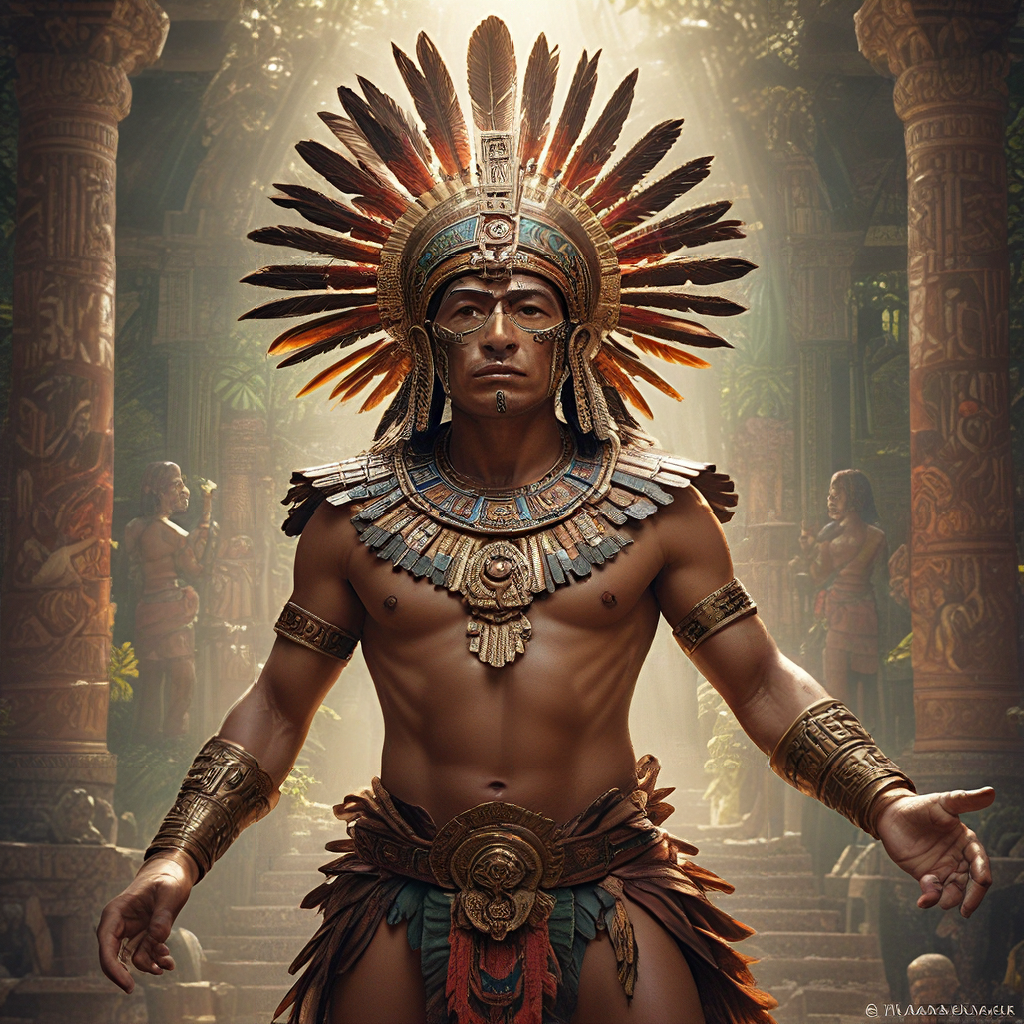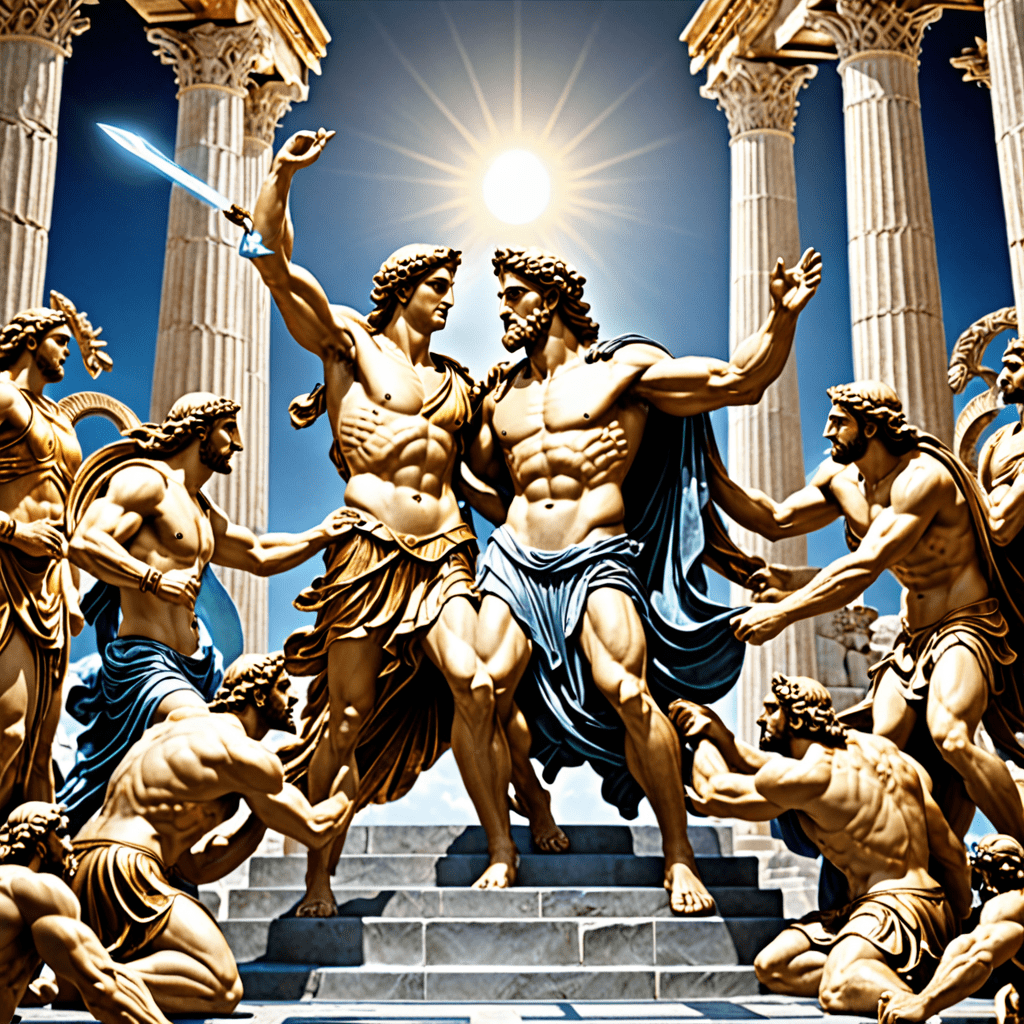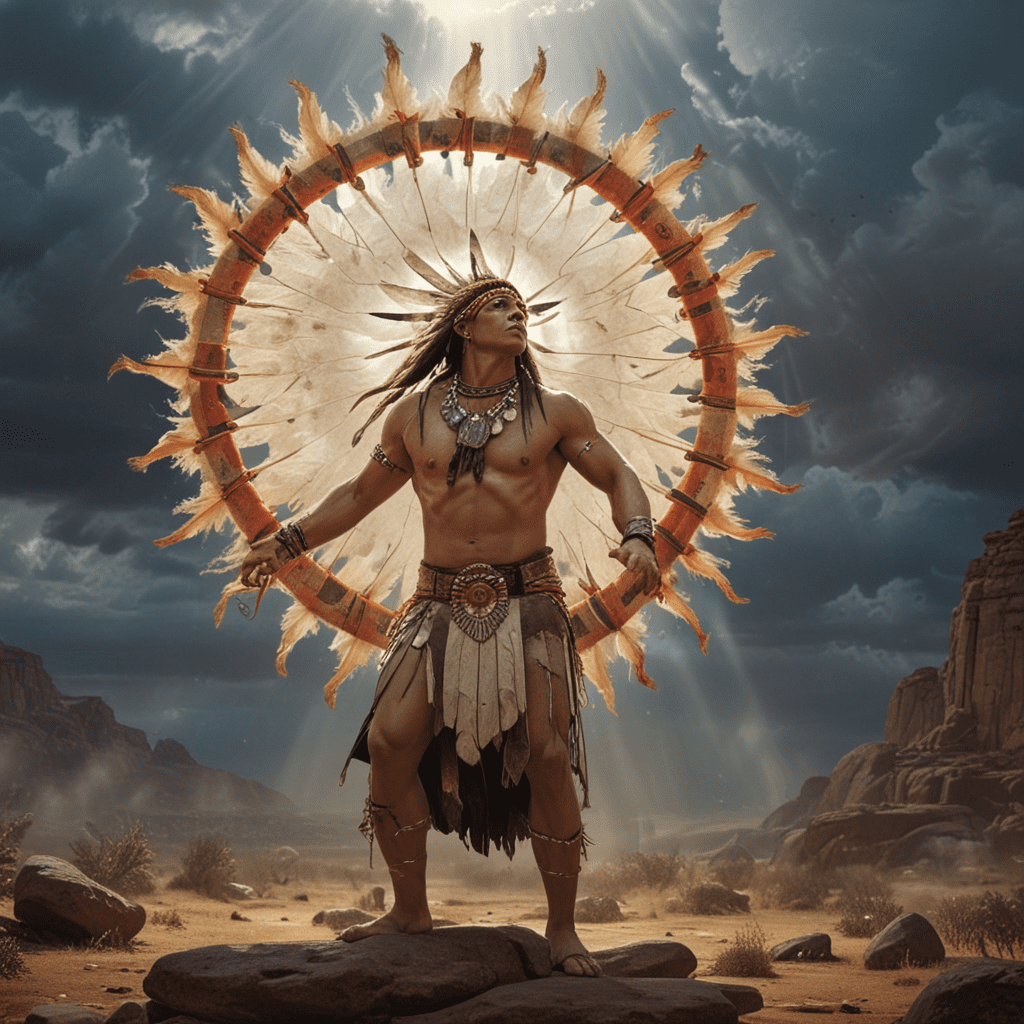The Myth of the Aztec God of Healing, Patecatl
In the rich tapestry of Aztec mythology, Patecatl stands as a prominent figure, revered as the god of healing, medicine, and divine intoxication. His name, often translated as "He Who Heals," reflects his central role in the Aztec understanding of health and well-being. Patecatl's story is interwoven with the belief in the power of plants, particularly those with psychoactive properties, to connect with the divine and access healing knowledge.
Patecatl: A God of Healing and Divine Intoxication
Patecatl, also known as "The Lord of Medicine," was a powerful deity who embodied the duality of healing and intoxication. He was associated with the divine plant, peyote, which was believed to hold medicinal and spiritual powers. The Aztecs viewed Patecatl as the embodiment of both the beneficial and dangerous aspects of peyote, recognizing its potential to heal but also to induce altered states of consciousness.
Patecatl’s Origins and Connections to Other Gods
Patecatl's origins are deeply intertwined with the pantheon of Aztec deities. He is often depicted as the son of the sun god Tonatiuh and the moon goddess Coyolxauhqui, representing the celestial forces that influence life and growth. He is also closely associated with the god of fire, Xiuhtecuhtli, suggesting a connection between healing, fire, and transformation.
The Legend of Patecatl and the Divine Plant
One of the most enduring legends surrounding Patecatl tells the story of his discovery of peyote. According to the myth, Patecatl was searching for a way to alleviate suffering and sickness. During his journey, he came across a group of people who were using peyote in their rituals. Intrigued, Patecatl ingested the plant and experienced a profound revelation. He realized that peyote held the power to connect with the divine, access hidden knowledge, and heal physical and spiritual ailments.
Patecatl’s Role in Aztec Rituals and Medicine
Patecatl played a central role in Aztec rituals and medicine. He was invoked for healing purposes, especially for ailments related to illness, pain, and fertility. Aztec healers and shamans used peyote and other hallucinogenic plants in their practices, believing that the altered states of consciousness facilitated communication with the spirit world and the acquisition of healing knowledge. Patecatl's presence was sought during ceremonies and pilgrimages, as the Aztecs believed that he could guide them on their spiritual journeys.
Symbolic Representations of Patecatl
Patecatl was often depicted in Aztec art and imagery, reflecting his complex nature and multifaceted roles. He was frequently portrayed as a handsome young man adorned with feathers and flowers, symbols of his connection to the divine and the natural world. His attire often included a feathered headdress, representing his celestial lineage and his connection to the sun god.
Patecatl's association with peyote was evident in his artistic representations. He was sometimes depicted holding a cactus, symbolizing the plant's importance in his mythology and healing practices. His hands often held a special container for carrying peyote, emphasizing the plant's significance in his rituals.
The Use of Peyote and Other Hallucinogenic Plants in Healing Practices
The Aztecs believed that peyote and other hallucinogenic plants provided a bridge between the human and the divine realm. These plants were seen as sacred gifts from the gods, holding the power to unlock spiritual insights and access knowledge beyond the realm of ordinary perception.
Aztec healers and shamans used peyote, along with other psychoactive plants such as mushrooms and datura, in their healing rituals. These plants were believed to enhance the healer's ability to diagnose illness, communicate with spirits, and administer treatments. The altered states of consciousness induced by these plants allowed the healers to tap into a higher level of awareness and connect with the divine forces that governed healing.
Historical Evidence and Archaeological Findings
Archaeological findings have provided evidence of the use of hallucinogenic plants in ancient Mesoamerican cultures, supporting the accounts in Aztec myths. Excavations at Teotihuacan, a major pre-Columbian city, have unearthed artifacts associated with the use of these plants, including ceremonial objects and carvings depicting deities connected to psychoactive substances.
The use of peyote and other hallucinogens in ancient Mexico is a complex topic, and the interpretations of archaeological evidence are constantly evolving. However, the available information suggests that these plants played a significant role in the religious beliefs, rituals, and healing practices of ancient Mesoamerican societies.
Patecatl’s Influence on Modern Aztec Culture
While the Aztec Empire fell centuries ago, the legacy of Patecatl lives on in modern Aztec culture. He continues to be venerated as a powerful deity, particularly within indigenous communities that maintain traditional beliefs and practices. His association with healing and the power of plants continues to be relevant, influencing modern herbalism, spiritual practices, and indigenous knowledge systems.
Patecatl's story reminds us of the enduring power of mythology, its ability to shape cultural understandings of the world and to inspire generations.
Theories on the Origins of the Myth of Patecatl
The myth of Patecatl, with its emphasis on the healing powers of peyote and other hallucinogens, reflects the deep connection between ancient Mesoamerican cultures and the natural world. The origins of the myth can be traced back to the ancient Toltec civilization, which predated the Aztecs.
Some theories suggest that peyote was a sacred plant among the Toltecs, who believed it held spiritual and medicinal properties. The Toltec influence on Aztec culture is evident in the adoption of peyote and the incorporation of Patecatl into the Aztec pantheon.
The Significance of Patecatl in Aztec Mythology and Religious Beliefs
Patecatl's story is not merely a legend; it reflects the core beliefs of Aztec mythology and religious practices. His role as a god of healing and divine intoxication emphasizes the Aztecs' understanding of the interconnectedness of physical and spiritual well-being. They believed that illness could be caused by spiritual imbalances, and that healing involved restoring harmony between the human and the divine realms.
Patecatl's association with peyote and other hallucinogens reflects the belief that these substances could open doors to spiritual realms, provide access to higher knowledge, and facilitate communication with the gods. His story represents the power of plants to connect with the sacred, to heal the body and the spirit, and to unlock the mysteries of the human experience.
FAQ
What is the significance of the god Patecatl in Aztec mythology?
Patecatl, the Aztec god of healing and divine intoxication, embodies the connection between physical and spiritual well-being in Aztec culture. His association with peyote reflects the belief in the power of plants to unlock spiritual insight and facilitate healing.
How is Patecatl depicted in Aztec art and imagery?
Patecatl is often portrayed as a handsome young man adorned with feathers and flowers. He is sometimes depicted holding a cactus, symbolizing his connection to peyote.
What is the significance of Patecatl's connection to peyote?
The Aztecs believed that peyote held medicinal and spiritual powers, and that it could facilitate communication with the divine and access hidden knowledge. Patecatl's association with peyote reflects the importance of the plant in Aztec healing practices and rituals.
What is the role of hallucinogenic plants in Aztec culture?
The Aztecs believed that hallucinogenic plants, including peyote, provided a bridge between the human and the divine realm. They were used in healing rituals, to enhance spiritual awareness, and to communicate with spirits.
How does Patecatl's influence continue in modern Aztec culture?
Patecatl's legacy lives on in modern Aztec culture, particularly within indigenous communities that maintain traditional beliefs and practices. His association with healing and the power of plants continues to be relevant, influencing modern herbalism, spiritual practices, and indigenous knowledge systems.




